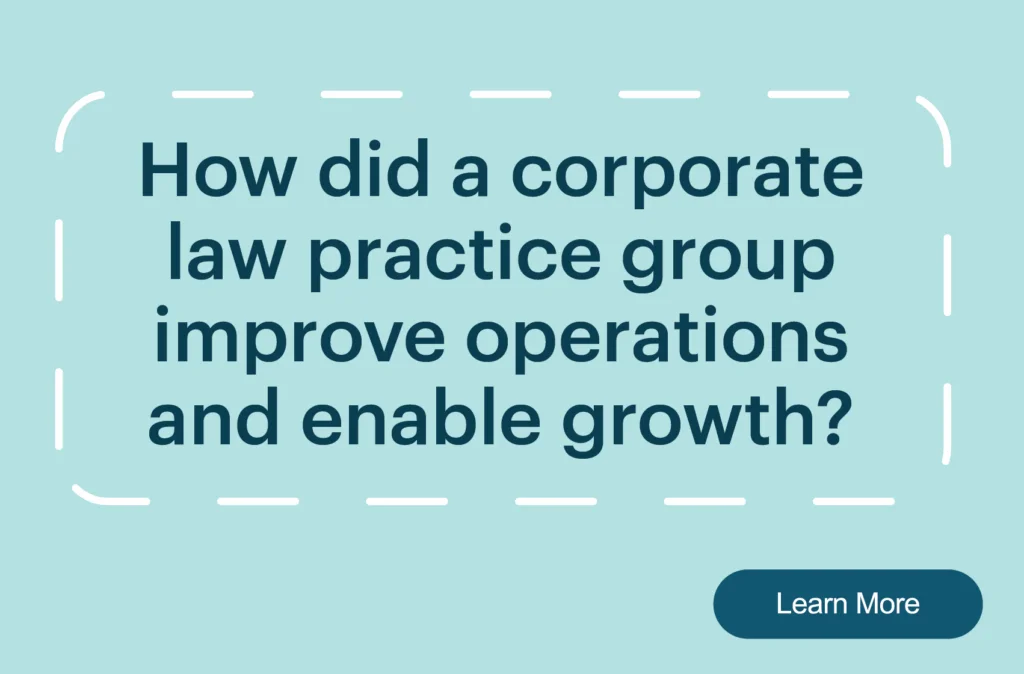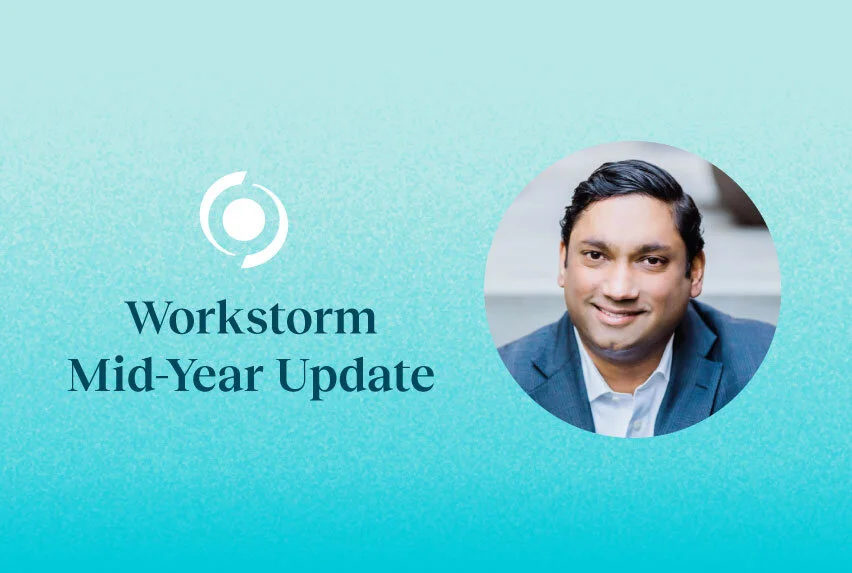Complying with increasing regulations is a growing concern for many businesses that did not need to consider them before. Failure to comply with regulations can lead to large fines, reputational damage, loss of trust from clients, and loss of business. Maintaining information governance policies across the organization and safeguarding collaboration data ensures confidentiality, integrity, and compliance. Collaboration takes place across many devices and many mediums, including email, messaging, document sharing, and online meetings. Collaboration generates a significant amount of information that falls within the scope of compliance regulations. Fortunately, organizations can increasingly rely on collaboration platforms, like Workstorm, to maintain a compliant environment. This article outlines the key factors to consider when it comes to mitigating compliance risk.
1. Storing and Capturing Data
Shadow IT, the unapproved and unauthorized use of technology within an organization, can lead to significant risk and fines when communication records are not properly captured. The use of personal devices or personal accounts for work purposes can expose clients and organizations to the loss of their privacy and personal liability. The first step in achieving compliance and mitigating risk is to properly contain all pertinent information sources used to conduct business by providing a collaboration platform that meets the needs of the organization’s workflows.
Determining and evaluating where data is stored is equally as critical as capturing data. For some organizations, a multi-tenant cloud solution is sufficient. However, for organizations that require maximum control and security or that need to keep data contained within specific geographic boundaries, deploying on-premises or private cloud solutions becomes necessary.
Workstorm’s private cloud and on-premises deployment options put the physical storage of data in designated data centers, ensuring compliance with government regulations or client requirements for local data storage.
2. Classifying Data
Regulations and compliance policies only apply to certain types of information, so it is imperative to understand what type of data the organization is capturing. Personally identifiable information (PII), protected health information (PHI), payment card industry data security standard (PCI DSS), and controlled unclassified information (CUI) are examples of data types covered by various regulations. Data can also be segregated by risk profile; it can be partitioned to be only internally or externally accessible; or it can be restricted at the individual level. Data should be classed according to specific industry regulations and business risks. Once data is classified, organizations should decide which technologies to use to capture, store, and segregate information, and from there implement the necessary controls that meet information governance policies. However, not all collaboration platforms are equipped to manage each data type and the requirements for keeping certain data segregated.
Through its private channels and the implementation of managed folders designed to set information governance policies, Workstorm enables organizations to streamline data categorization and apply granular access controls. Information governance teams can define specific channels for certain types of data and maintain consistency across all designated channels. Role-based access to managed folder content separates the information governance of confidential information from the actual privileged information and offers access on a need-to-know basis.
3. Protecting Data
In the event of a breach of regulated information, organizations can face steep fines if they are found not to have implemented adequate controls or invested in technology to safeguard that information. One of the fundamental considerations is determining who has access to sensitive information. It is beneficial to embrace the least privilege principle, ensuring that individuals are granted only the minimal level of access required to perform their tasks effectively. Coupled with robust identity management practices, such as implementing two-factor authentication (2FA), organizations can enhance authentication processes and mitigate the risk of unauthorized access. Additionally, the use of end-to-end encryption serves as a powerful safeguard, protecting data even from technology providers and enhancing confidentiality.
Workstorm was designed with a “privacy by default” approach. Many collaboration platforms function as knowledge management and knowledge sharing systems: they have been designed as open collaboration platforms, promising to break down email silos and reveal relevant information to connect co-workers. When working with regulated and sensitive information, however, it is wise to consider a collaboration platform that can implement the silos required by information governance policies. For example, Workstorm’s search function only queries messages, channels, files, and connections that the person who is searching has access to, eliminating the possibility that someone can search for and find confidential channels that include privileged information.
4. Removing or Retaining Data
The best way to protect sensitive data is to not keep any data at all. However, compliance regulations will require certain information and communications to be recorded and retained. Retention periods may span decades in highly regulated industries, or may only require retention for several months. Other regulations may even regularly require purging and destroying confidential information at the request of a client or customer. When determining whether data should be removed or retained, organizations should aim to maintain a structured approach to data preservation and implement tailored retention policies according to the information’s classification. One can first segregate information and then decide whether to remove it immediately or apply specific retention periods.
Workstorm can set retention periods at the channel level or for a collection of channels within managed folders, which allows organizations to both efficiently implement data governance and effectively safeguard sensitive information. Granular settings on private channels or a collection of channels gives an organization the ability to quickly remove data. For example, regulatory frameworks like the General Data Protection Regulation (GDPR) mandate prompt data removal upon client requests, emphasizing the importance of adherence to data protection guidelines.
5. Producing Records
Certain organizations must address the need for implementing effective data export mechanisms and maintain adequate retention policies for record production requests or in response to legal subpoenas. For example, the Freedom of Information Act (FOIA) gives the public the right to request access to government records, which includes documents, emails, reports, and other written records. Once the FOIA request is submitted, the agency must respond and provide the requested information within a specific time period. When a subpoena is issued, the organization may need to override preset retention periods, find all relevant information, and apply a legal hold to that information or face significant fines.
Applying legal holds and structured retention policies ensure that data is preserved when required and securely managed throughout its lifecycle. Workstorm’s legal hold and export functionality enable organizations to find, hold, and extract data efficiently, facilitating compliance with legal requirements and internal policies.
6. Monitoring and Analyzing Data
Leveraging built-in compliance modules within collaboration platforms can significantly streamline governance processes. These modules offer real-time monitoring capabilities, allowing organizations to track compliance metrics and identify potential issues promptly. By integrating compliance features directly into the collaboration platform, organizations can ensure that data governance aligns with industry regulations and internal policies.
For organizations with multiple collaboration platforms, consolidating information into a single system specifically designed for compliance can minimize data’s footprint and centralize monitoring workflows. Workstorm seamlessly integrates with compliance platforms like SMARSH and Global Relay, expanding data analysis capabilities and reinforcing data management efficiency within organizations. Using such platforms simplifies data governance and compliance management, promotes operational efficiency, and reduces risk.
Conclusion: Keeping up with Compliance
Keeping up with compliance requires organizations to address the entire life cycle of information from capturing and storage practices, to data classification methods, access management, data retention strategies, record production, and compliance monitoring. By leveraging integrated compliance modules, like those found with Workstorm, organizations can streamline oversight workflows, enhance analysis capabilities, and ensure regulatory compliance. These features enable organizations to preserve and protect sensitive information, optimize operational efficiency, reduce business risk, and maintain a secure and compliant collaborative environment. Have additional questions? Reach out to talk to an expert.


